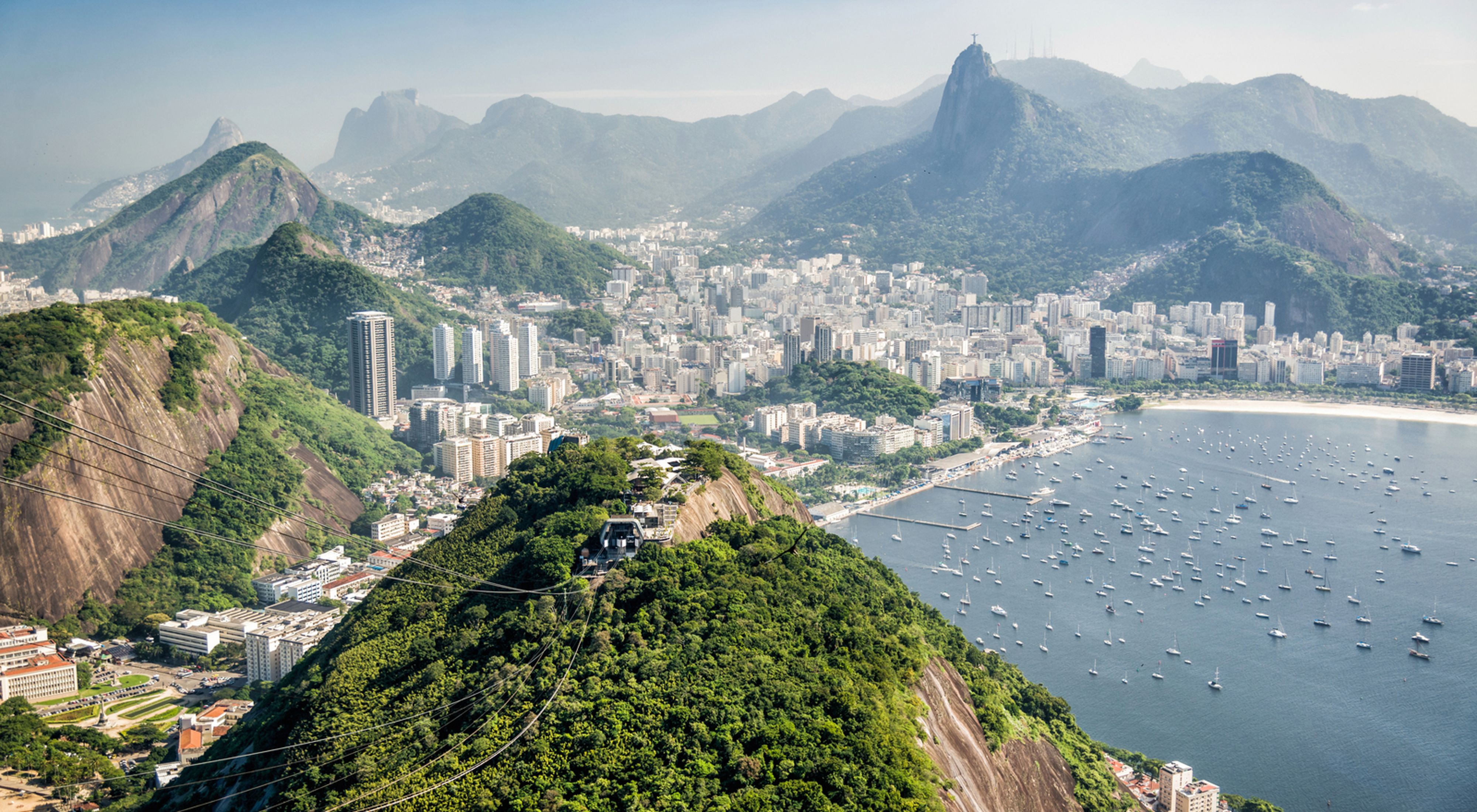The growing competition for water in the connection between food, energy, and cities is increasingly evident. Understanding that the water challenge is so great that no public, private or civil society stakeholder can solve it individually is one of the main strengths and advantages of Water Funds. They are a space for collective action based on scientific analysis of the challenges and long-term alternative solutions.
The World Economic Forum has consistently ranked water as one of the most important concerns for the economic community. This concern has motivated companies to look for solutions beyond their four walls. They realize that using water efficiently in their actions is not enough to mitigate the risks they face.
Investing in Water Funds means investing in innovative solutions based on science and that proactively and positively contribute to water public policies and strengthen corporate water management practices inside and outside of companies. Civil society can actively participate providing knowledge, science, and bringing awareness to the population. Since Water Funds promote the use of nature-based solutions, they also carry out projects that help demonstrate that it is cost-efficient to invest in natural solutions since by doing so, many water treatment expenses are reduced and proven to be excellent complements to traditional infrastructure. Also, the work of Water Funds contributes to the resilience of cities in the face of extreme droughts or floods and several of the United Nations Sustainable Development Goals by 2030.
The Return on Investment (ROI) reports are positive:
Recent reports prepared by the Quito, São Paulo, and Rio de Janeiro Water Funds have shown that investing in nature-based solutions is a cost-efficient alternative for water security in Latin American cities.
The Quito study showed savings of $2.15 for each dollar invested in conservation actions for the sustainable management of El Cinto by the Metropolitan Public Water and Sanitation Company (EPMAPS) over 20 years.
The São Paulo report showed that the restoration of 4,000 hectares and the maintenance of the original vegetation reduced soil erosion over 30 days. That reduced the displacement of soil, dirt, and sediments by 36% in the rivers that supply the Cantareira system and generated a total net savings of approximately $69 million.
The study in the Rio de Janeiro Report shows that the restoration of 3,000 hectares can translate into a 13% return on investment for CEDAE, Rio de Janeiro’s public water company. The approximate investment required for the planned restoration of those 3,000 hectares of native forest would be approximately $25 million. That amount means that CEDAE would not have to spend the equivalent to roughly $64 million in water treatment costs, which results in a net profit of approximately $39 million over 30 years. The report shows that the reduction of sediment pollution would prevent the use of 4 million tons of chemical products and the consumption of 260MWh of energy that would be used in the treatment over the next 30 years.
Other studies such as the one in Nairobi, showed that an investment of $10 million for ten years in individually selected watersheds would bring a $21.5 million return in economic benefits over 30 years, a highlight of which would be the reduction of up to 50% in sediment concentration in rivers. Additional benefits include up to $3 million per year in increasing agricultural yields for small farmers and agricultural producers; more than $600,000 in annual revenue for KenGen as a result of increased power generation, avoiding stops and spills. Other gains are approximately $250,000 in savings per year for NCWSC derived from no longer needing to invest in filtering water, reducing energy consumption, reducing the cost of sludge removal and reduction on closing days; among others.
Water Funds actively contribute to achieving the United Nations Sustainable Development Goals.
In many parts of the world, substantial efforts have been made to improve access to clean and reliable water, both for people and for nature. However, meeting the water objectives requires continuous investment and concrete actions. In September 2015, 193 countries agreed on the 2030 Agenda for Sustainable Development, which includes 17 Sustainable Development Goals (SDGs). This global agreement represents a commitment to global action, recognizing that while many lives are improving, there is still much to be done to reach everyone.
Water connects multiple SDGs. The SDG 6- Clean Water and Sanitation aims to "ensure the availability and sustainable management of water and sanitation for all" and addresses the need to invest in adequate infrastructure, provide sanitation facilities and promote hygiene at all levels. It also includes the need to protect and restore water-related ecosystems, such as forests, mountains, wetlands and rivers, to mitigate water scarcity. The eight objectives of the goal also have clear links to other goals. In this sense, the work carried out by the Water Funds at the local level helps the fulfillment of different SDGs, depending on the type of challenges and priority solutions.
Here is an example of the interrelation that we can find between the different objectives and the actions with which the Water Funds usually contribute.
